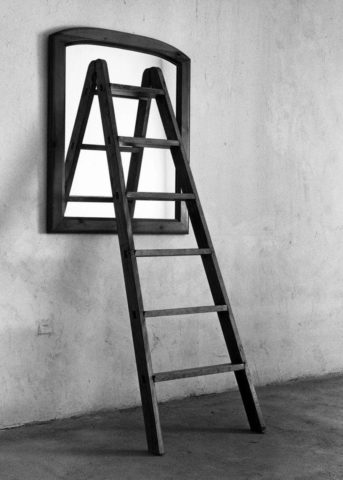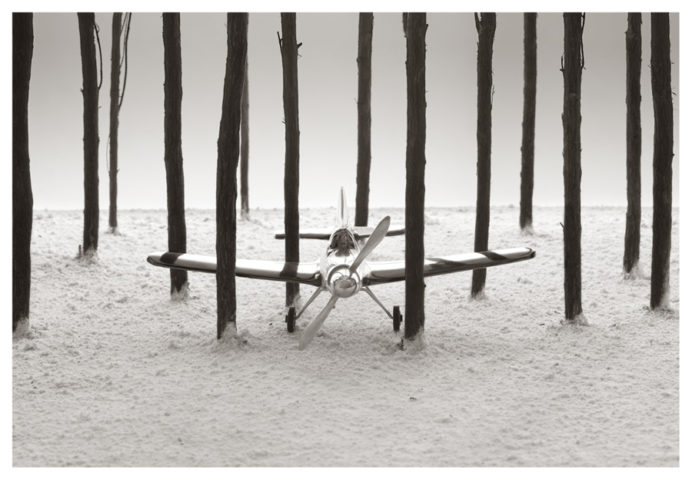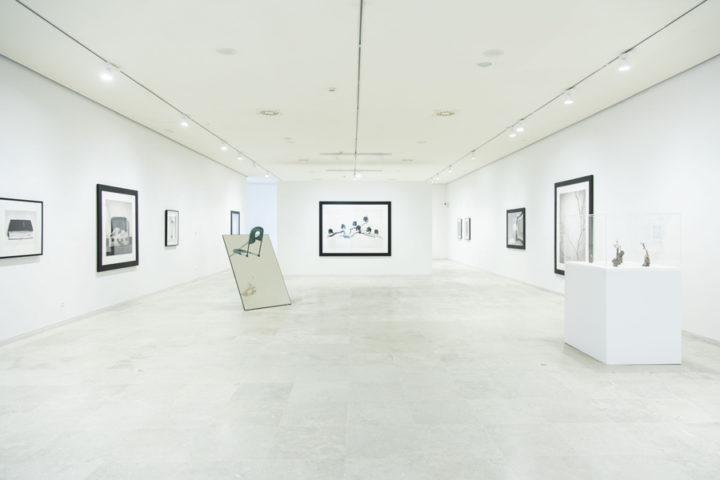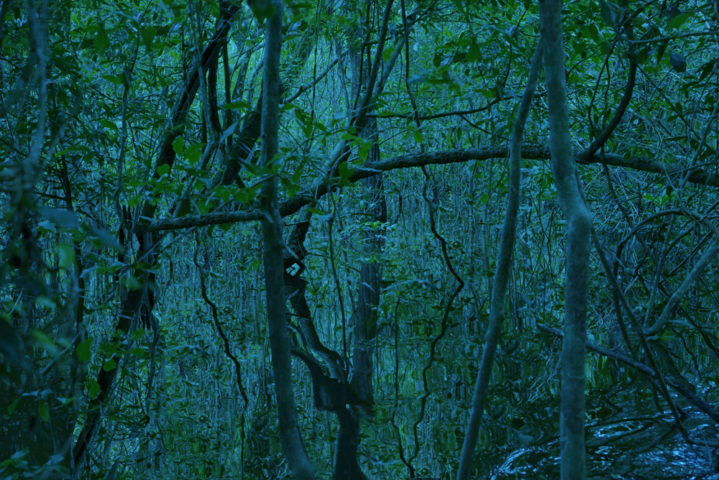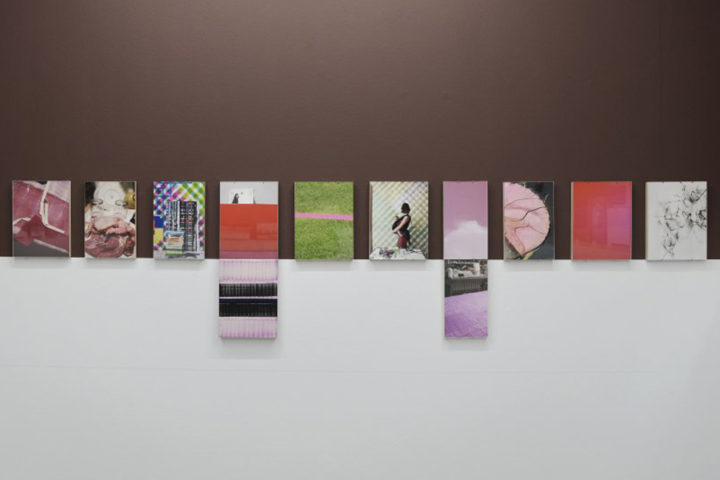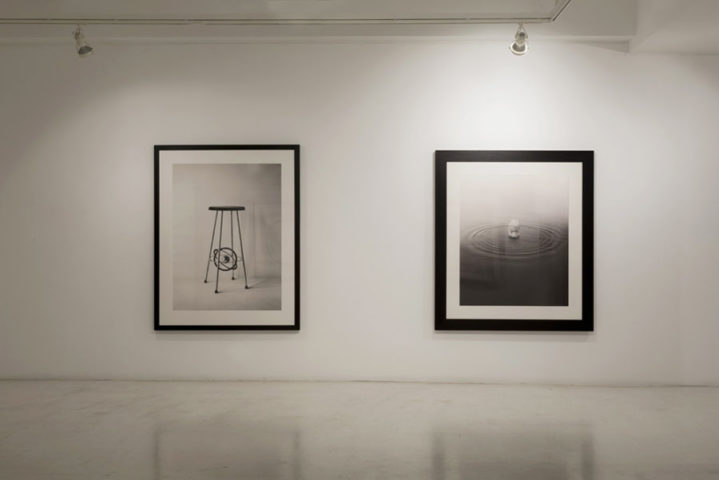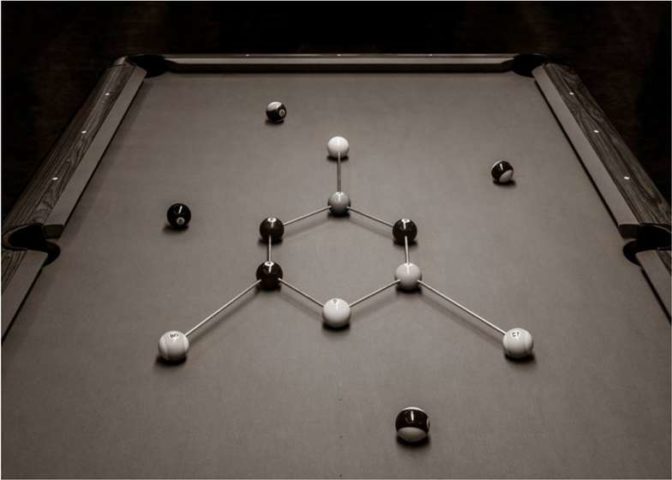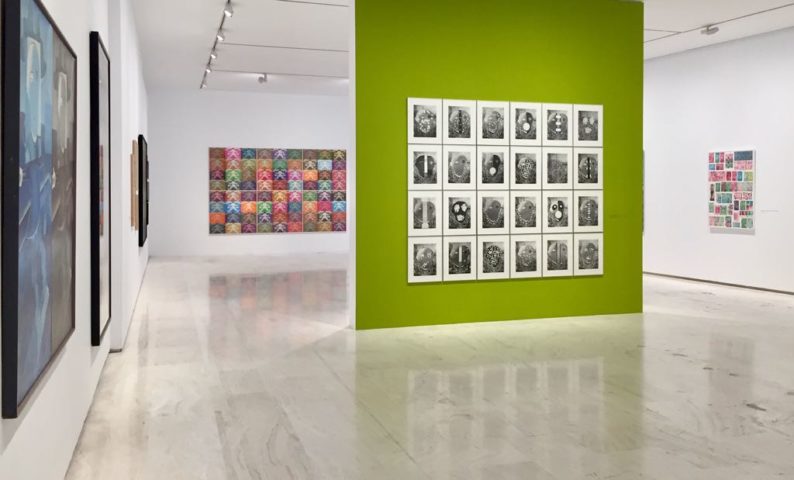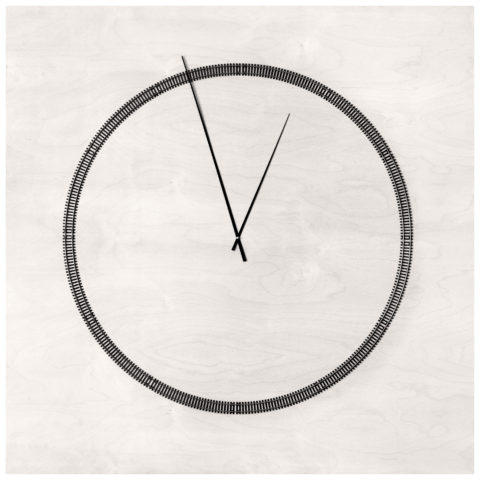Diseños habitados
Helena Almeida – Chema Madoz
Foto Colectania. Del 22 de junio al 18 de septiembre, 2022
‘Diseños habitados’ propone una resonancia entre los trabajos de dos de los primeros autores que formaron parte de la colección de Foto Colectania, mostrando algunas claves de sus procesos creativos.
El título de la muestra rinde homenaje a Helena Almeida, que se toma prestado de la primera serie en la que utilizó la fotografía (Desenho habitado). También se recupera el concepto de diseño en su acepción renacentista, que se refiere tanto al dibujo como al proyecto y al proceso mental de trasladar lo imaginado por el artista a la obra. Un ejercicio que define con precisión el fascinante trabajo de estos creadores.
La coincidencia de que tanto Almeida como Madoz realicen bocetos posiblemente guarda relación con su interés por lo íntimo y vivencial. Los dos autores realizan infinidad de esbozos -que no siempre se convierten en obras finales- como primer paso para materializar sus ideas a través del lápiz y el papel. En esta exposición se ha querido resaltar el valor intrínseco de estos dibujos como meros y bellos bocetos, cuyo resultado expresan por medio de la fotografía.
Almeida interviene a veces la obra con estudiadas pinceladas o trazos de lápiz, y siempre fascina con sus ejercicios de reflexión y teatralidad. Madoz dibuja en los cuadernos personales que ha ido guardando a lo largo de los años, que se muestran por primera vez en esta exposición junto con algunos de los objetos que ensambla artesanalmente. Así, sus bocetos se convierten en objetos y sus objetos en imágenes, con su característico estilo y golpes de magia.
La colección de Foto Colectania reúne más de 3.000 fotografías, y quiere reflejar la diversidad de la fotografía española y portuguesa -desde 1950 hasta la actualidad- a través de un extenso conjunto de obras de cada uno de los fotógrafos representados.
